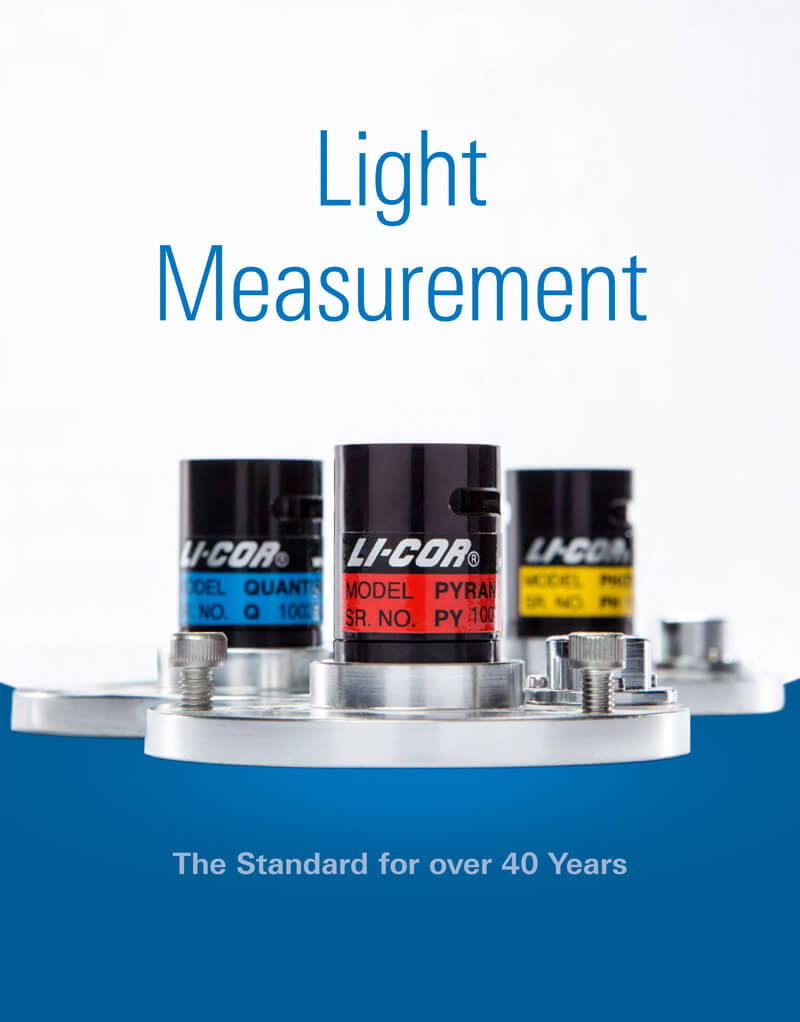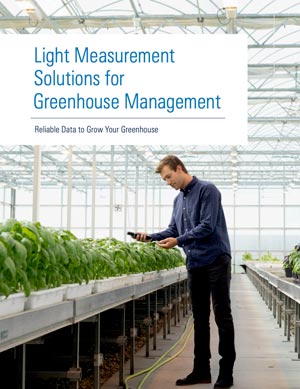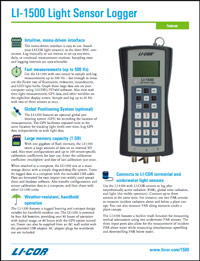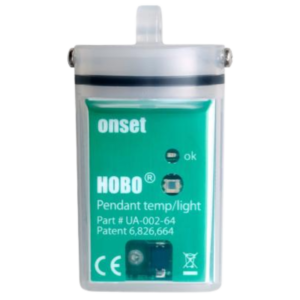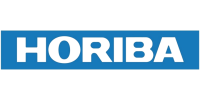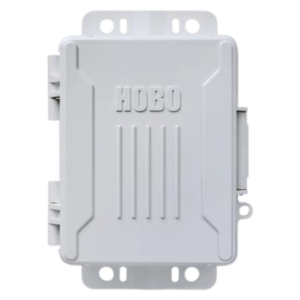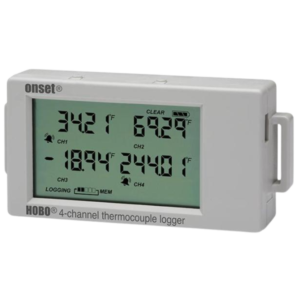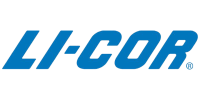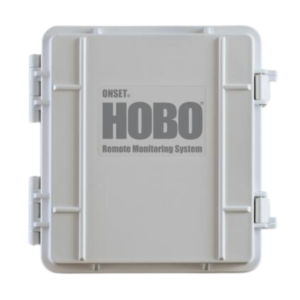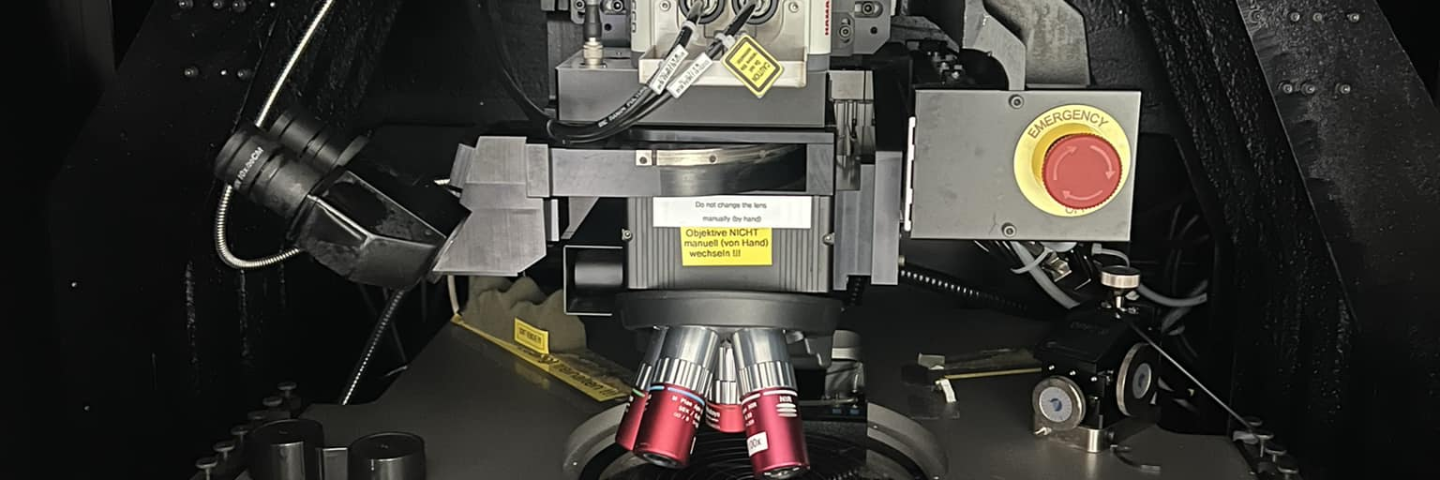Why choose the LI-190R Quantum Sensor?
- Uniform sensitivity across the PAR waveband for accurate measurements outdoors, under vegetation, or in artificial lighting without changing the calibration
- Newly designed optical filter tailors the spectral response to an unprecedented performance standard
- Weather resistant and durable in high-temperature, high-humidity, long-term deployments
- Cosine correction is accurate even when the light source is not directly overhead
- Sensor heads are detachable and interchangeable for simplified installation, removal, and recalibration
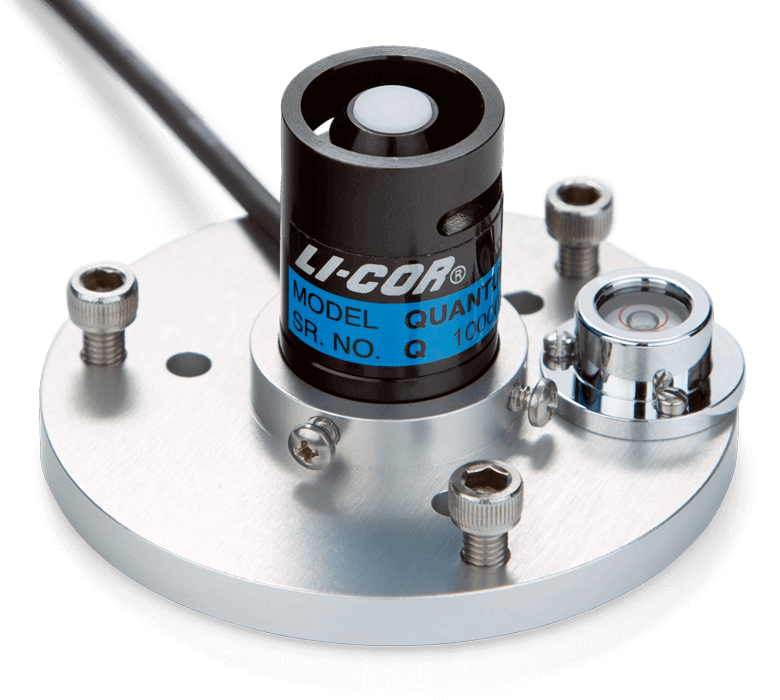
How does it work?
The LI‑190R uses a high-quality silicon photodiode and glass optical filter to create uniform sensitivity to light between 400 nm to 700 nm, which closely corresponds to light used by most plants. A newly designed optical filter tailors the spectral response to an unprecedented performance standard. Furthermore, the new filter is unaffected by environmental factors such as heat or humidity. The filter blocks light with wavelengths beyond 700 nm, which is critical for measurements under vegetation where the ratio of infrared to visible light may be high.
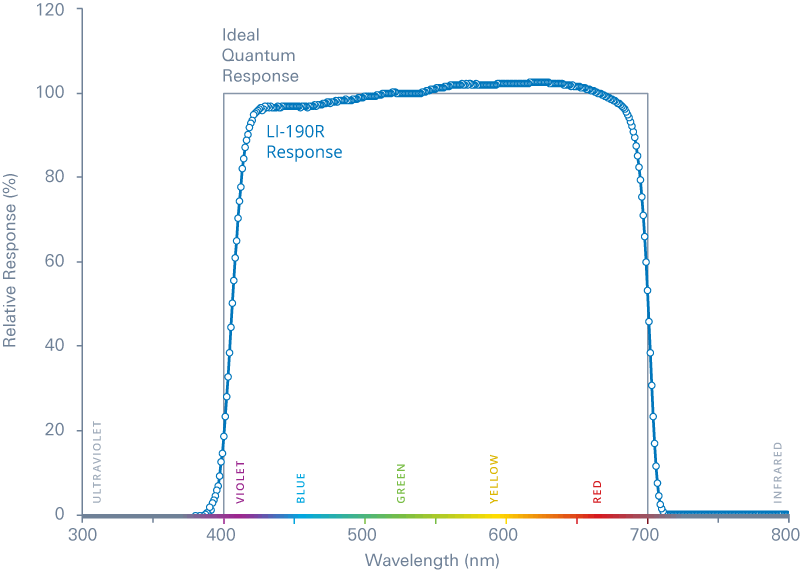
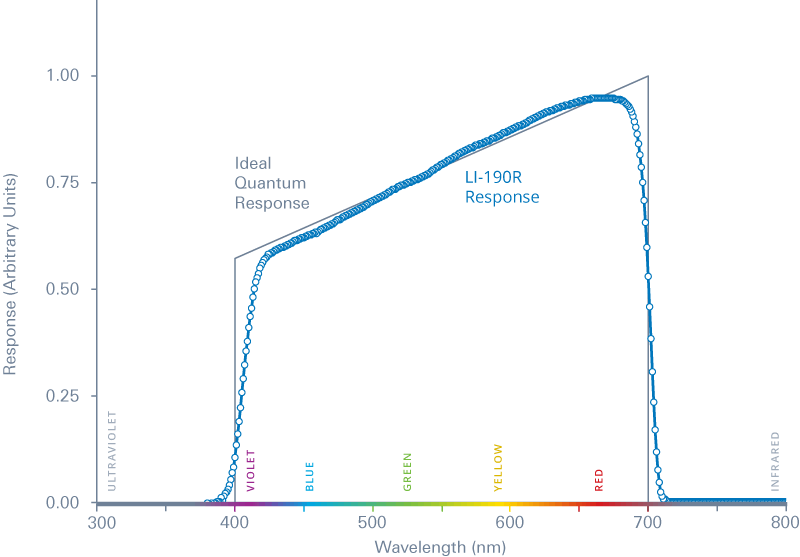
The sensor features excellent cosine response, which ensures accurate measurements under diffuse light and when sunlight originates from a low solar angle. This, in combination with high resolution at low light levels, makes the LI-190R useful for determining the light compensation point in plants.
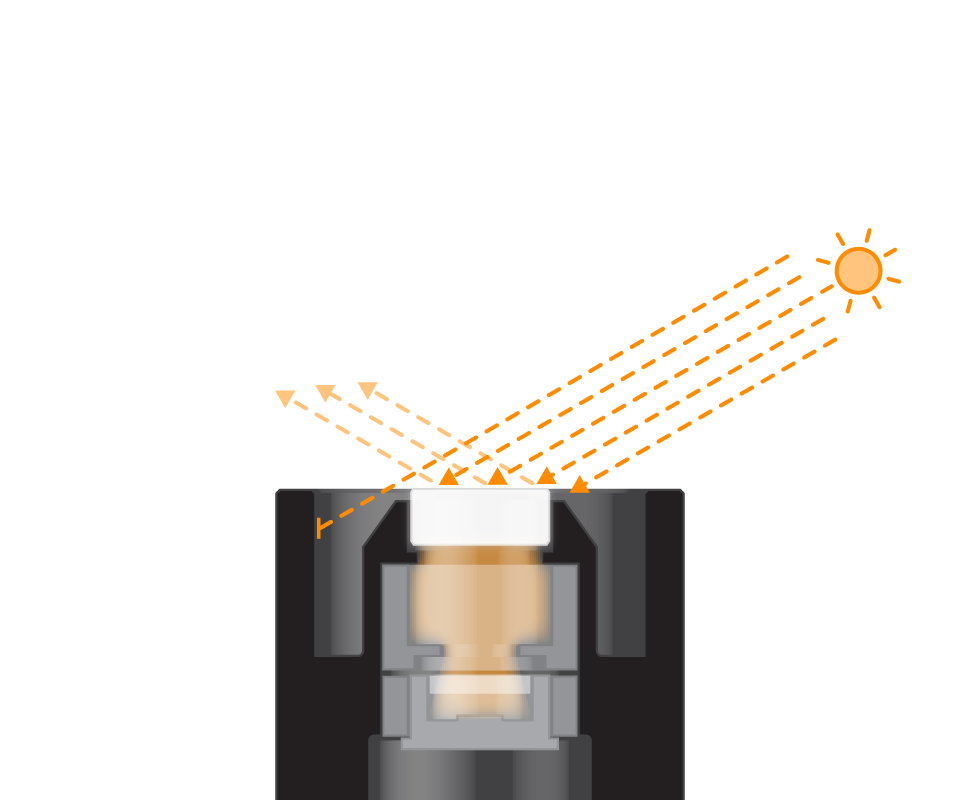
Learn more about the science and engineering behind the new design
LI-190R Specifications
- Absolute Calibration: ± 5% traceable to the U.S. National Institute of Standards and Technology (NIST)
- Sensitivity: Typically 5 μA to 10 μA per 1,000 μmol s-1 m-2
- Linearity: Maximum deviation of 1% up to 10,000 μmol s-1 m-2
- Response Time: Less than 1μs (2 m cable terminated into a 604 Ohm load)
- Temperature Dependence: ± 0.15% per °C maximum
- Cosine Correction: Cosine corrected up to 82° angle of incidence
- Azimuth: < ± 1% error over 360° at a 45° elevation
- Tilt: No error induced from orientation
- Operating Temperature Range: −40 °C to 65 °C
- Relative Humidity Range: 0% to 100% RH, Non-Condensing
- Detector: High stability silicon photovoltaic detector (blue enhanced)
- Sensor Housing: Weatherproof anodized aluminum body with acrylic diffuser and stainless steel hardware; O-ring seal on the sensor base
- Size: 2.36 cm diameter × 3.63 cm (0.93” × 1.43”)
- Weight: 24 g head; 60 g base/cable (2 m) with screws
- Cable Length: 2 m, 5 m, 15 m, 50 m (6.5’, 16.4’, 49.2’, 164’)
LI-COR LI-190R Quantum Sensors – Sigmatech Inc. Philippines



